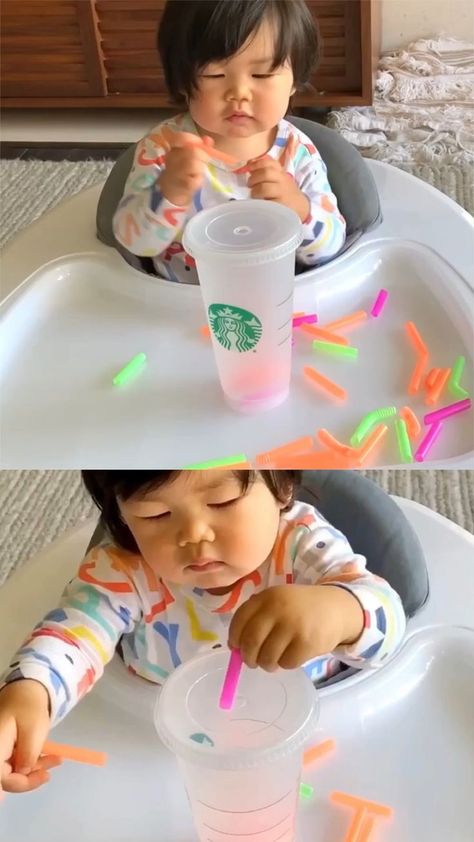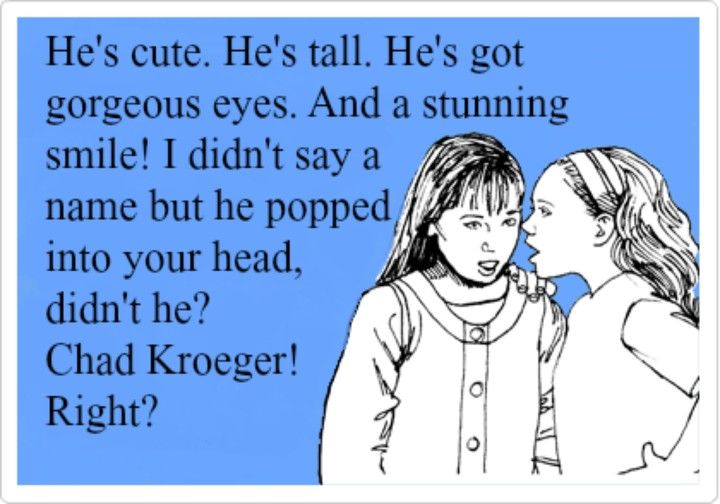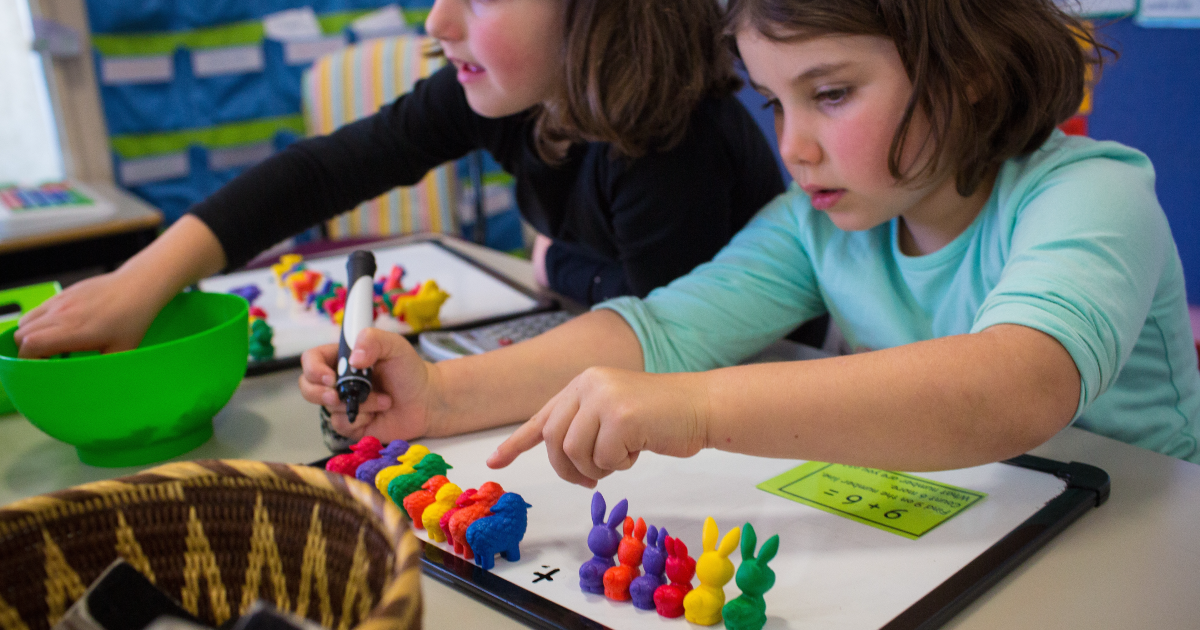How to entertain an autistic child
7 Fun Sensory Activities for Kids With Autism
Kyle Zabawa
Nov 9, 2020 10:00:00 AM
Originally published May 2018
Autism, or Autistic Spectrum Disorder (ASD), refers to a range of developmental conditions that affect how an individual perceives the world and interacts with others.
To find out more about identifying autism in preschool kids, click here.
For children with ASD, art and craft activities that incorporate the senses can be an effective way to improve your kid’s attention span, self-expression and reduce any anxiety related worries. Specially during lockdown, children with ASD may benefit from sensory activities to help soothe them amidst the new normal of not going out.
Take a look at our pick of 7 fun, sensory activities and don’t be afraid to tailor them to your child’s own interests, likes and dislikes.
1. Make a Sensory Bottle:
Fill an old plastic bottle with a mix of water, glitter and a few drops of food coloring to create an eye-catching toy for your kid. Drop in a few buttons or marbles and then seal the lid tightly using a hot glue gun. This activity is a really simple way to help your kid learn to engage and stay focused.
A step-by-step guide to making your own sensory bottle can be found here.
2. Try Coin Rubbing:
A timeless classic that even adults can get involved with. Simply gather up a few different coins, place a sheet of paper over the top and use mixed crayons to ‘rub’ a colorful pattern into the paper. Children with Autism will love making patterns while developing their hand-eye coordination skills.
Bonus Tip: Why not ask friends or family who travel abroad to borrow any coins they have collected and talk to your kid about these places.
3. Thread Edible Jewelry:
Use candy laces and licorice to create pretty necklaces and bracelets. Encourage your kid to hone their motor skills by threading on cereal with holes in the middle and other colorful candies. Once they’ve finished, knot the ends and your kid will be delighted with their fashionable (and tasty) creation.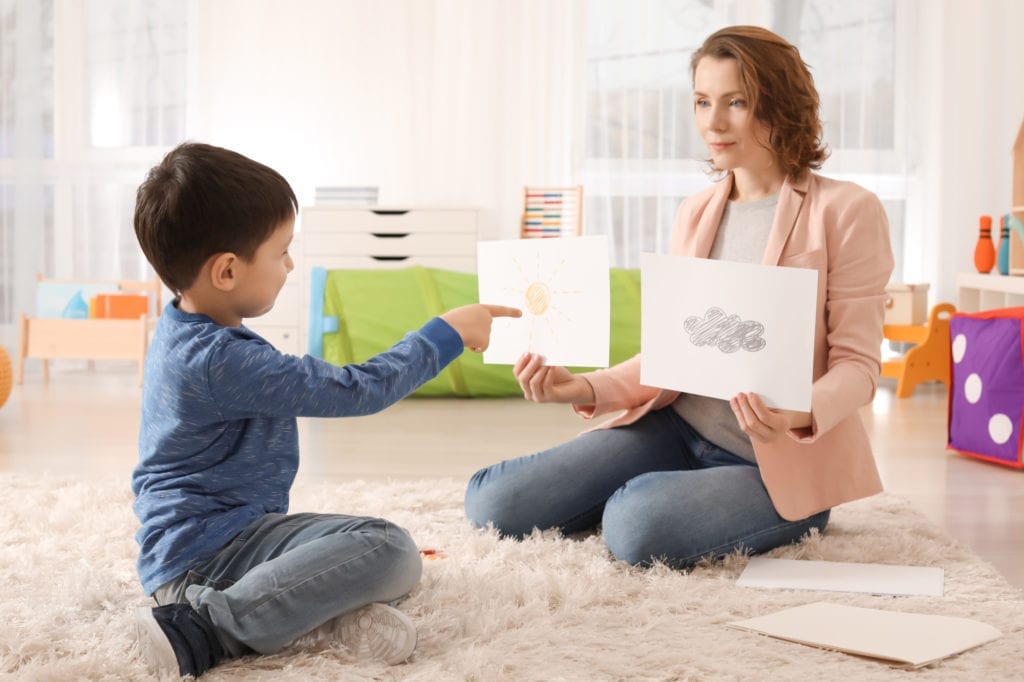
4. Create a Sensory Collage:
Children with Autism can often find distinct textures and sensations overwhelming. Ease your kid in to more messy activities by making a tactile collage with a small selection of new materials such as aluminum foil, glitter and magazine clippings. Over time your preschooler may enjoy being introduced to a wider range of textures.
5. Incredible Ice Painting:
This fun and easy science experiment is sure to stimulate your child’s curious mind. Pour different colored acrylic paints into an ice tray and place wooden craft sticks in each compartment. Once frozen solid, remove the paints and let your kid create beautiful designs by swirling the melting over paper.
This activity is best suited to a hot, sunny day. Click here to read our pick of sun safety tips.
6. Boost Your Brain With a Smelling Game:
Fill a selection of small containers (old, painted, jam jars work best) with a mix of fragrant ingredients such as lavender, coffee or soap.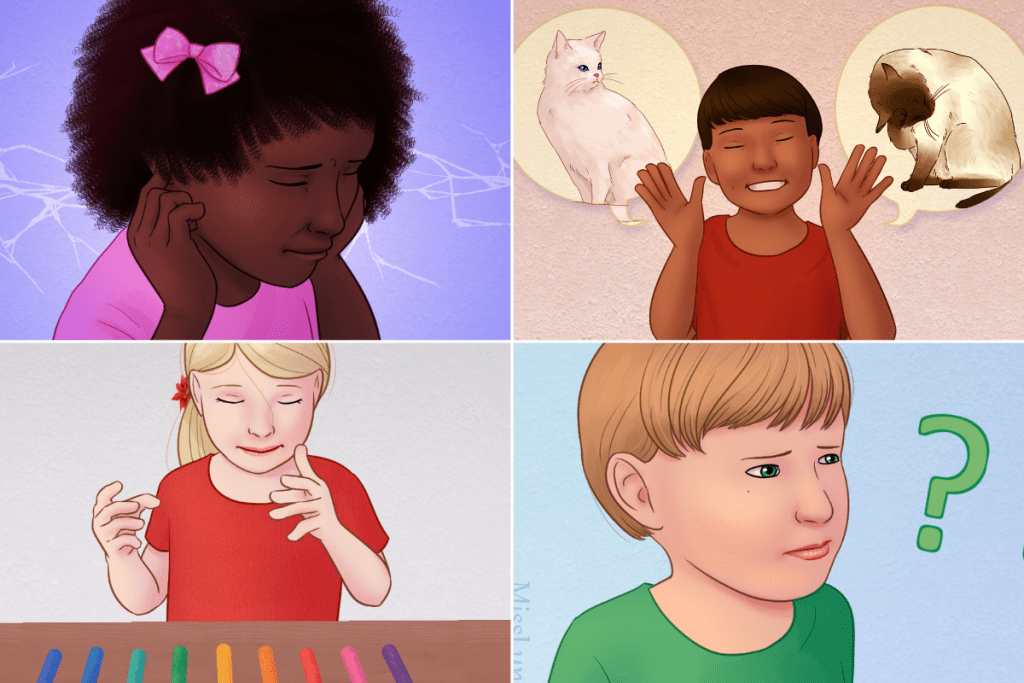 Place a seal over the top using a piece of fabric and a rubber band and then ask your child to identify the different smells. Children with Autism love to learn about their senses and the roles they play in exploring their environment.
Place a seal over the top using a piece of fabric and a rubber band and then ask your child to identify the different smells. Children with Autism love to learn about their senses and the roles they play in exploring their environment.
7. Play the Magical Matching Game:
Matching games are a fun way to enhance your child’s learning. Try placing 10-15 different printed words on one side of a table and have your preschooler match these words to their corresponding pictures on the other side of the table. You can easily alter this activity to reflect what your child is learning about at school by using foods, animals or numbers.
More useful resources relating to Autism can be found here.
What are some your kid’s favorite sensory activities? Let us know in the comments below.
The Autism Speaks Walk is a fundraising activity designed to raise awareness of ASD.
10 Engaging Activities for Autistic Kids
Table of contents
- Why Play is Important for Kids with Autism
- How Autism Spectrum Disorder Can Affect Play
- How to Choose the Right Activities for Kids with Autism
- What Are the Best Activities for Autistic Kids?
- Ten Great Activities for Autistic Kids
If you have ever taken the time to sit and watch your child or other children at the park, you will probably find it amusing.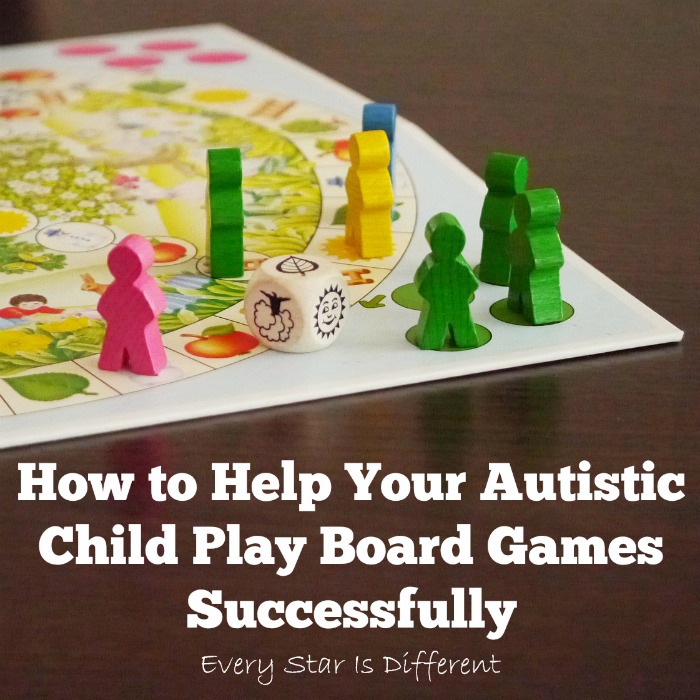 The things that they do can seem so silly and almost senseless at times as they stand in one spot and twirl or scoop up a handful of sand and walk it across the playground and dump it at the bottom of the slide. The things that they say are funny, too. One kid is the mom and the other is the dad and the conversations that they have while they are in character can sometimes be revealing as to what their life at home is like. (Watch what you say around the kids, mom, and dad!).
The things that they do can seem so silly and almost senseless at times as they stand in one spot and twirl or scoop up a handful of sand and walk it across the playground and dump it at the bottom of the slide. The things that they say are funny, too. One kid is the mom and the other is the dad and the conversations that they have while they are in character can sometimes be revealing as to what their life at home is like. (Watch what you say around the kids, mom, and dad!).
Why Play is Important for Kids with Autism
As it turns out, not one thing that children do is separate from observation, imitation, and learning. Their playtime is not random. They are always processing new words, actions, and skills that they have been taught or that they have seen someone else do. When you think about it, play is almost like a rehearsal for life in the present and in the future. Children find their identity through play and sort out feelings through play.
Play= learning.
- Jean Piaget, a developmental psychologist, said “Play is the work of childhood.
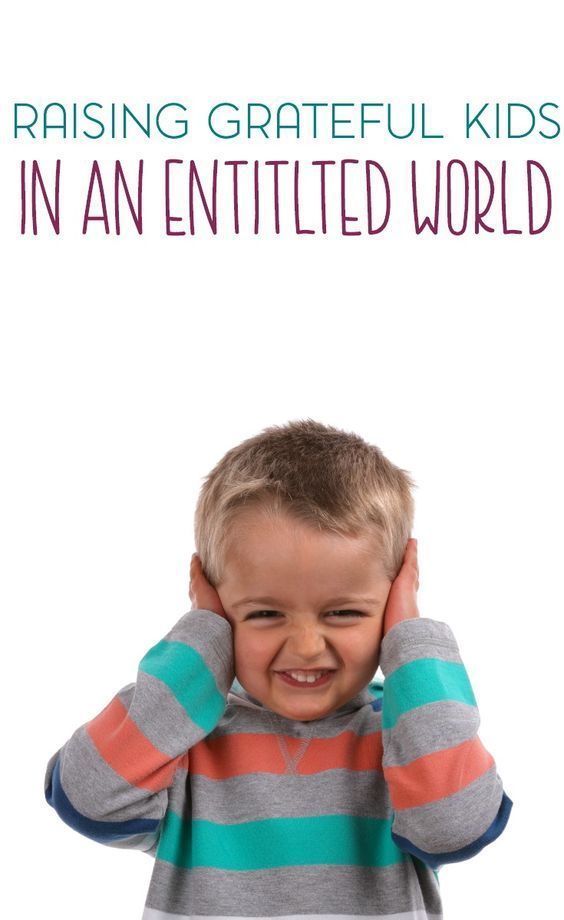 ”
” - Television personality, Mr. Rogers once said, “Play is often talked about as if it were a relief from serious learning. But for children, play is serious learning.”
These truths apply to all children and children with autism are no exception to these sentiments. Whether you are creating activities for autistic toddlers, preschoolers or older kids the benefits of play are the same. Playful activities teach social skills, inspire creativity, increase learning and understanding, improve communication and develop fine and gross motor skills.
Through play, many children find hobbies and interests that evolve into lifelong interests and potential career paths. For kids with autism, play can be the catalyst for making friends more easily, transitioning from special education settings to general education settings, and being able to acclimate to various social settings.
How Autism Spectrum Disorder Can Affect Play
It can be difficult to engage a child with autism in play activities.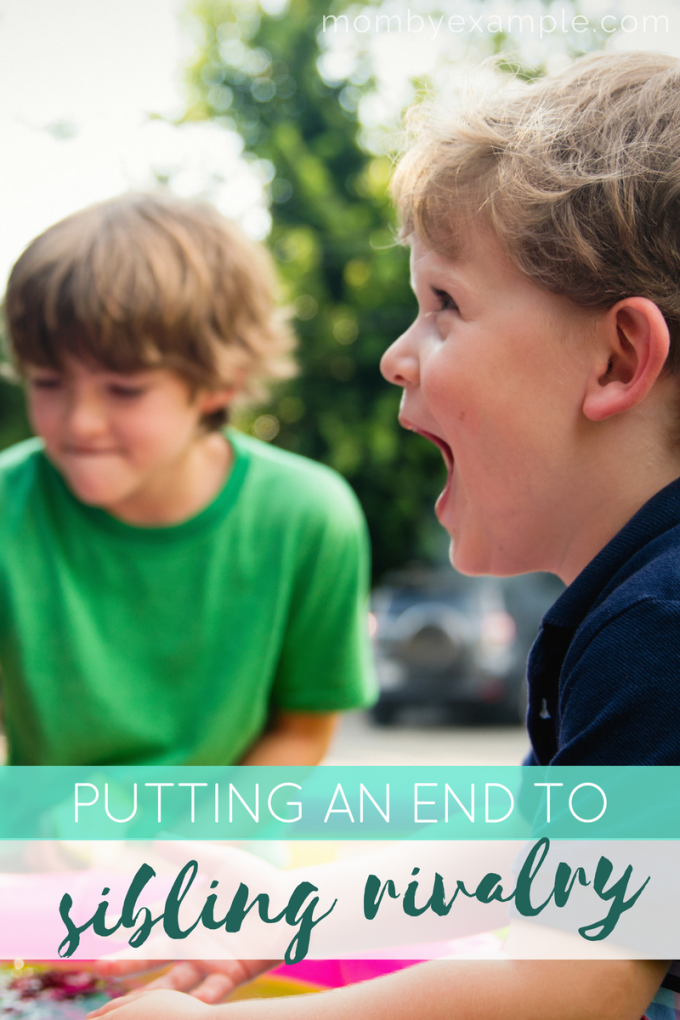 One reason is that many kids with autism get stuck in repetitive patterns and they can be resistant to interruptions to their patterns. Secondly, kids with autism also have difficulty focusing which can be challenging to anyone who is attempting to engage them in a play activity. Finally, communication can be problematic because many kids with autism are more focused on body movement during play rather than on the language that is required to learn the rules or concepts during play.
One reason is that many kids with autism get stuck in repetitive patterns and they can be resistant to interruptions to their patterns. Secondly, kids with autism also have difficulty focusing which can be challenging to anyone who is attempting to engage them in a play activity. Finally, communication can be problematic because many kids with autism are more focused on body movement during play rather than on the language that is required to learn the rules or concepts during play.
Ironically, these tendencies that make play difficult for kids with autism are the very reason that play becomes even more important in order to resolve them. It is during play that new patterns can be introduced, attention can be increased and communication skills can be improved.
I want to start with an evaluation
How to Choose the Right Activities for Kids with Autism
Choosing the right play activities for kids with autism is similar to choosing activities for any other child.
Choose activities based on their interests.
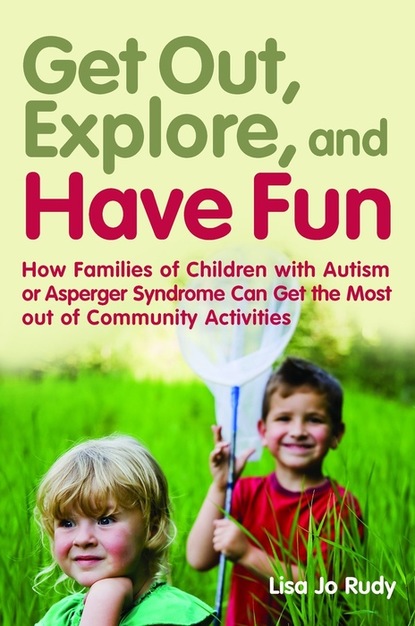
This will help to keep the child engaged in the activity. This can help to gradually increase their focus and attention skills.
Structure activities around the child’s strengths.
If they enjoy building things, try to incorporate some building activities into structured playtime. By using Legos, stacking toys, K-nex, tinker toys, or even something as simple as dominoes, integrating a skill that they are good at can facilitate learning new skills without them even realizing that they were involved in a structured activity.
Cater to their senses.
If your child finds it calming to squish and squeeze textures like playdough or kinetic sand then it would make perfect sense to structure an activity around that particular substance. Think about which textures, sounds, smells, and sights they enjoy and use those things. Think about how focused some kids can become when music is played. Use that to your advantage when you structure activities for your child with autism.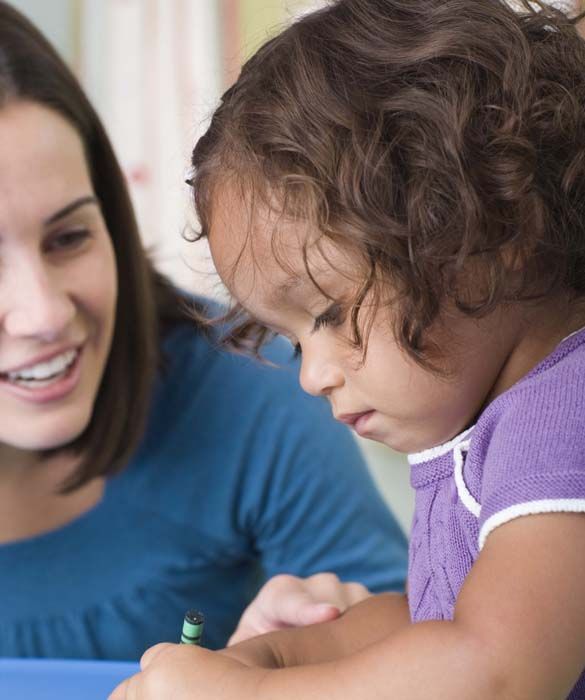
Use visuals.
Kids with autism are primarily visual learners- use this to create engaging activities for autistic toddlers, autistic preschoolers, and older autistic kids. Picture cards can be used as prompts to perform certain activities or as a visual aid to teach a sequence or outline the rules of activity. Being able to look at instructions rather than listen to instructions is typically easier for most kids with autism.
Keep communication and directions for activities short and simple.
Kids with autism can easily become overwhelmed with too many directives at once. To avoid triggering any frustration it is always best to deliver instructions in short and direct statements. Modeling the desired steps or actions is also helpful while verbally explaining them.
I want this for my child!
What Are the Best Activities for Autistic Kids?
The best types of activities for toddlers, preschoolers, and school-aged kids with autism are the activities that take all of the things mentioned above into consideration.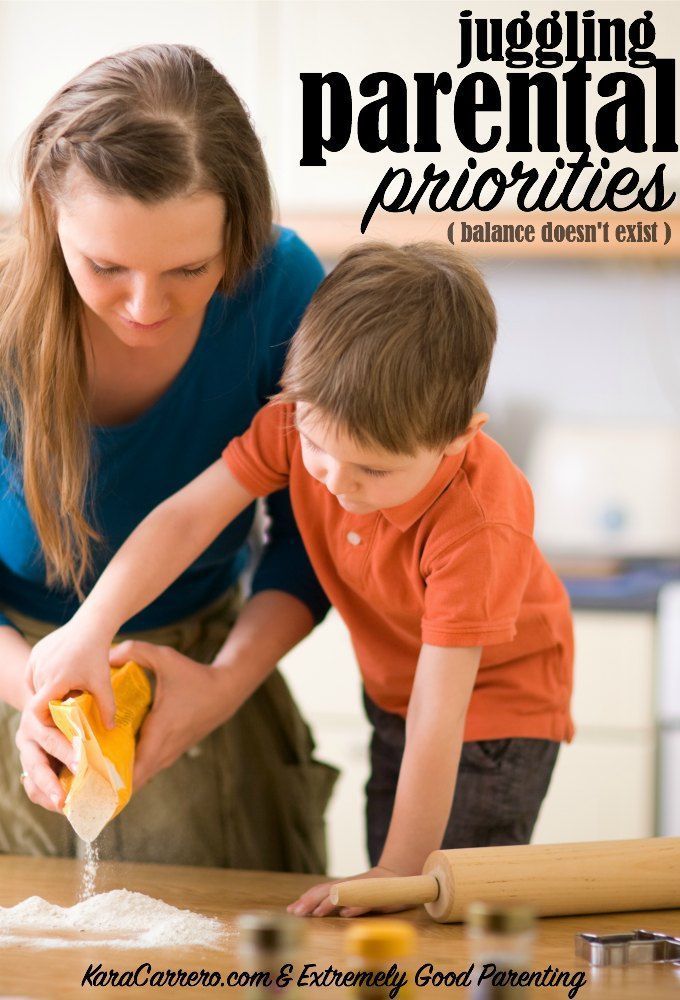 Simple activities that are visually stimulating, sensory engaging, and centered around the autistic child’s interests and abilities are the best.
Simple activities that are visually stimulating, sensory engaging, and centered around the autistic child’s interests and abilities are the best.
The following ideas can be modified to suit the needs of toddlers, preschoolers, or older children with autism. The goal is the same no matter the age of the child- to teach and to help the child to focus and engage.
Ten Great Activities for Autistic Kids
Calm Down Bottles
Using any plastic beverage container (water or soda), fill the container with a bottle of glitter glue and warm water. For an extra glittery effect, add another bottle of glitter glue or additional fine glitter before adding the warm water. Close the bottle and shake it up. The glitter swirls for an unexpectedly long time and slowly settles. Kids with autism will be mesmerized for long periods of time by all of the swirling and spinning which will eventually slow down and settle on the bottom. Calm-down bottles are ideal for long waits, car drives, getting haircuts, or meltdowns in the classroom.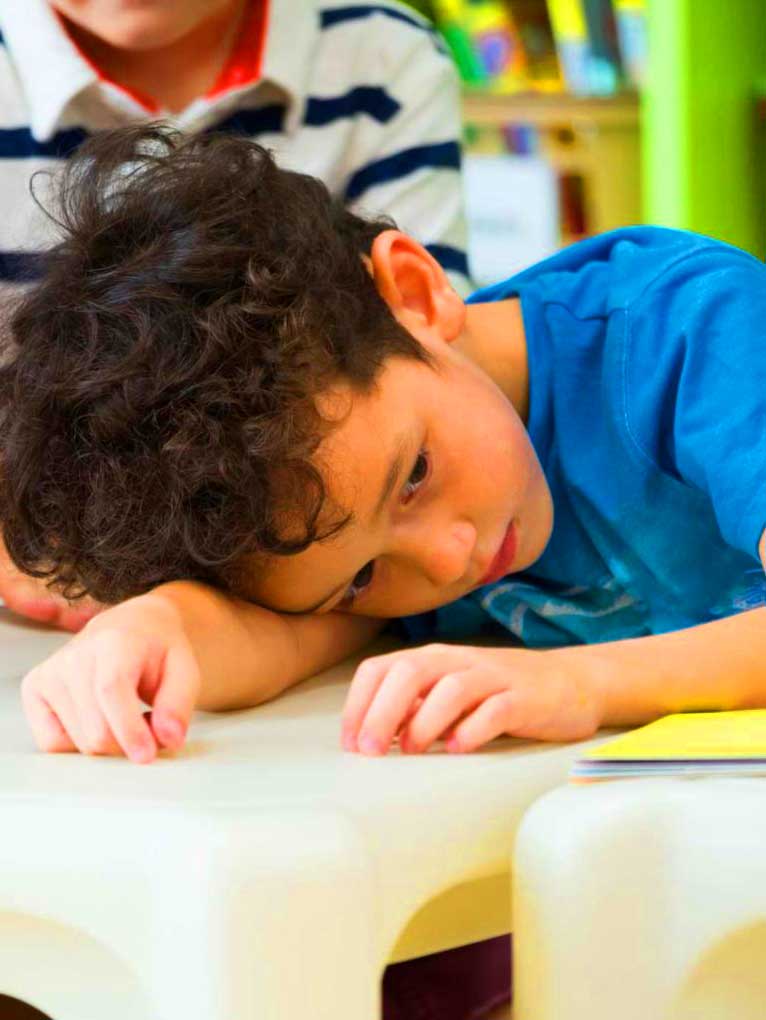 (Great visual/sensory activity for children with autism from preschool to adolescence)
(Great visual/sensory activity for children with autism from preschool to adolescence)
Seek & Find Bottles
This activity is similar to the glitter bottle with the exception of the contents. Seek and find bottles are filled with rice and small objects that you can find around the house or at an arts and crafts store. The idea is to keep your child with autism occupied by finding all of the objects in the bottle. You can create picture cards to show what items your child needs to find in each bottle or simply ask your child to find a particular object. These bottles can be a great teaching tool because you can make various themes with each bottle. For example, if Halloween is approaching, you can fill one with jack o lanterns, ghosts, witches, and bats. If summer is just around the corner, you might make a “seek and find” bottle with sunglasses, beach balls, swimsuits, and watermelons. You may even want to use sand instead of rice. It’s up to you to get creative and develop a theme that will interest your child. (Great visual/sensory activity for autistic toddlers, autistic preschoolers, and older autistic kids)
(Great visual/sensory activity for autistic toddlers, autistic preschoolers, and older autistic kids)
Yoga Ball Activities for Toddlers & Preschoolers with Autism
Toddlers and preschoolers are notorious for their boundless energy. They need to spend that energy in appropriate ways or they will find other ways to let it all out. Using a yoga ball in a designated area with plenty of floor space, you and your child can roll the ball to one another, you can place the child on the ball and teach them to bounce on it while trying not to fall off (great exercise for balance and strength while trying to hold themselves up), or you can lie the child on top of the ball on their tummies and roll them back and forth while holding their feet. All of these exercises require a bit of coordination which is a great therapeutic strategy for improving balance. (Great physical activity for proprioception- or body position awareness-for children with autism from preschool to adolescence)
Climbing, Jumping, Pushing, Pulling, And Carrying
Kids with autism often have difficulty with body awareness and understanding where they are in relation to space.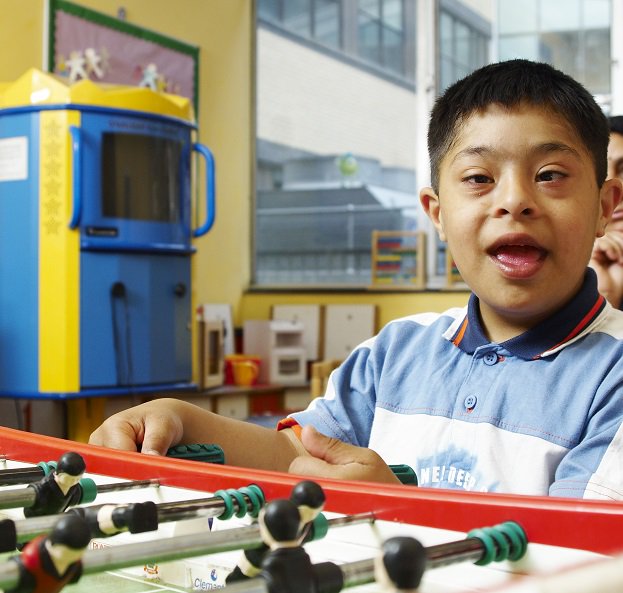 Because of this, they can appear clumsy, loud, or overly cautious. Choose activities that encourage climbing (rock walls, playsets), jumping (trampoline, jump rope), pushing (shopping carts, push brooms), pulling (raking leaves, pulling wagons), and carrying (laundry basket, groceries). Providing multiple opportunities in all of these areas with various everyday tasks can help your child develop better body and spatial awareness. (Great physical activity for autistic toddlers, autistic preschoolers, and older autistic kids)
Because of this, they can appear clumsy, loud, or overly cautious. Choose activities that encourage climbing (rock walls, playsets), jumping (trampoline, jump rope), pushing (shopping carts, push brooms), pulling (raking leaves, pulling wagons), and carrying (laundry basket, groceries). Providing multiple opportunities in all of these areas with various everyday tasks can help your child develop better body and spatial awareness. (Great physical activity for autistic toddlers, autistic preschoolers, and older autistic kids)
Emotions: Paper Emoticon Cutouts
Using colored construction paper, markers or crayons, and glue you can craft several different “emoticons” just like the ones you use on your cell phone. Draw and cut out various eyes, noses, mouths, and eyebrows. Arrange the features to display the emotions: happy, sad, jealous, bored, frustrated, sleepy, and whatever other emotions that you are teaching your child. Write the word for the emotion on the back of each face that you and your child construct and use them to talk about different moods and feelings as they arise. (Great creative activity for teaching social skills and communication skills to children with autism from preschool to adolescence)
(Great creative activity for teaching social skills and communication skills to children with autism from preschool to adolescence)
Paper Fortune Tellers
Most children learn how to make a paper fortune teller at some point during their school years. These are awesome tools for teaching communication and social skills. You can create any number of topics with a paper fortune teller and work on skills like asking questions, dealing with teasing, identifying feelings, giving and receiving compliments, and working out social situations. (Great creative activity for teaching social skills and communication skills to children with autism from preschool to adolescence)
Sorting Activities
This activity teaches categorizing and organizational skills. This can be modified to be appropriate for autistic toddlers and preschoolers as well as older autistic kids. For toddlers, you can have them sort dolls and blocks. Preschoolers can sort colors. Older autistic kids can sort coins, letters, and words by beginning and ends sounds.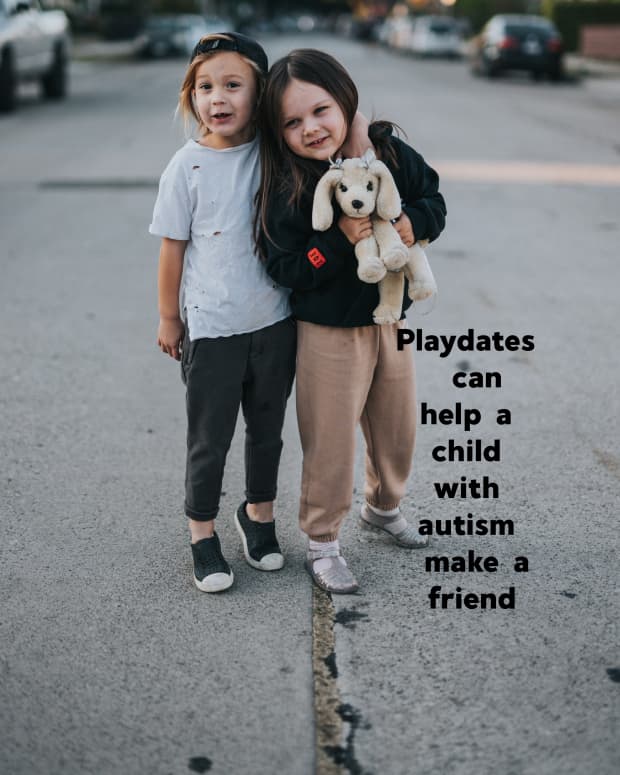 This activity has room for creativity so that you can cater to your child’s interests. (Great learning activity for teaching labeling, categorizing, organizing, and observational skills to autistic toddlers, preschoolers, and older autistic kids)
This activity has room for creativity so that you can cater to your child’s interests. (Great learning activity for teaching labeling, categorizing, organizing, and observational skills to autistic toddlers, preschoolers, and older autistic kids)
Texture Play
Use any texture to soothe or teach a skill. For example, shaving cream and water beads have a smooth, squishy calming effect that most kids with autism love to swirl and scoop. For those who have an aversion to a particular texture, these activities can be introduced slowly and help them to overcome the aversion. This activity is not only fun for toddlers and preschoolers but older kids love it, too. One great way to teach writing and spelling is to pour a package of powdery jello mix into a baking tray and have them write letters and words in the jello powder with their fingers. The best part is licking fingers in between each word. This activity appeals to their senses and their appetite while they are learning in the process. (Great sensory activity for calming as well as a wonderful learning activity for teaching academic skills to children with autism from preschool to adolescence)
(Great sensory activity for calming as well as a wonderful learning activity for teaching academic skills to children with autism from preschool to adolescence)
Life Skills & Feature Function Cards
These cards are a useful activity for kids with autism. In particular, older children can benefit from learning associations between things as they are exposed to more experiences in their daily lives. For example, from an array of animal images on a card, you can ask a child which one barks (the dog of course). From an array of kitchen appliances, you can ask your child which object cooks food (microwave). Do this with any relevant associations that you are trying to teach your child and this can make learning fun. (Great learning activity for teaching life skills to autistic toddlers, preschoolers, and older autistic kids)
Visual Organizers for Task Sequences
Any activity that requires several steps to completion can be broken down into steps (first, second, next, then & last) and placed in a visual organizer for an autistic kid to follow.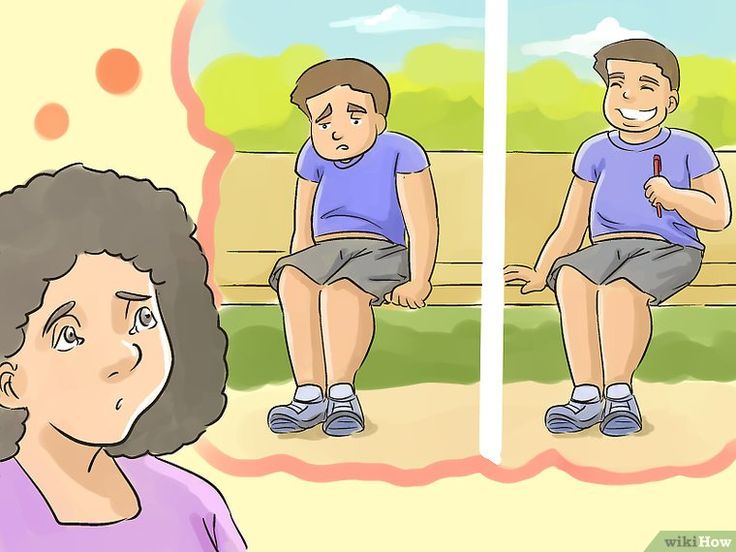 For example, a morning routine could be organized as follows:
For example, a morning routine could be organized as follows:
- First: Turn off the alarm
- Second: Get dressed
- Next: Eat breakfast
- Then: Brush teeth
- Finally: Get on the school buss
All of these steps would have a visual representation that can be placed on a task board using velcro to fix it in place. Any task can be put into a visual sequence. This activity is helpful in teaching multi-step skills to kids with autism. The pictographs are especially helpful to toddlers and preschoolers. (Great learning activity for teaching life skills to children with autism from preschool to adolescence)
Get Started Today!
These are just a few ideas that parents, teachers, and caregivers can use to turn learning into play for kids with autism. Those who are closest to a child know best how to create useful activities based on the child’s interests, strengths, and needs. If you live in the New Jersey area find out how Circle Care Services can help. Our therapists are creative and can help develop activities that are well suited for your child. We provide one-to-one ABA therapy, social skills groups, and qualified staff that will not make you wait before coming onboard to find fun and playful solutions to your child’s needs. Now run along and play with your child!
Our therapists are creative and can help develop activities that are well suited for your child. We provide one-to-one ABA therapy, social skills groups, and qualified staff that will not make you wait before coming onboard to find fun and playful solutions to your child’s needs. Now run along and play with your child!
Get in touch
How to “occupy” children with autism during isolation
04/21/20
Behavior analyst and mother of a son with autism on 3 steps to “occupy” an autistic child who is at home all the time
Author: Mary Barbera
Source: barberabehaviorconsulting.com
One of the biggest challenges is keeping children with autism busy for long periods of time. If your family is facing a crisis or a major change in life, it is very important that you can take some time off from your child and that they have some independent activities. Now I want to talk about how to use visual schedules for this purpose, providing choices, and how to teach children, whether they are your children or clients, to keep themselves busy for several hours a day.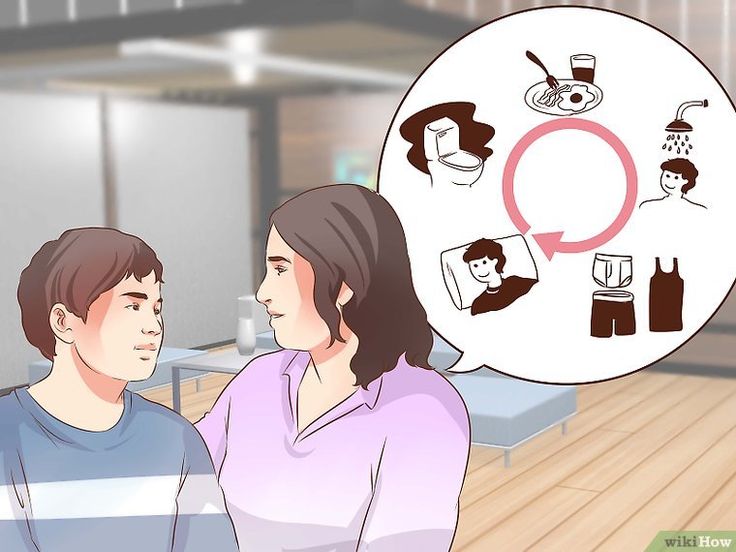
Ideally, children with autism should have some kind of independent activity for most of the day. Assuming that the child is fully awake 14 hours a day, that's 100 hours a week for which you potentially need to come up with some activities.
How to keep a child busy for a long time
This week my son Lukas did not leave the house. He doesn't have a schedule right now, but his rehab specialist, Ashley, has been with him for over five years and knows exactly what he likes to do. She determined which games on the tablet he likes the most. She made a list of independent activities that could be included in his schedule for the day, and also identified two-player games that she could play with him. She also wrote down the names of all his favorite apps for us in case we wanted to buy the paid version without ads.
I also make plans. I just bought access to a website that teaches reading and math for preschoolers and first graders. Although Lucas is already 23 years old, the level of his speech development corresponds to the level of a small child.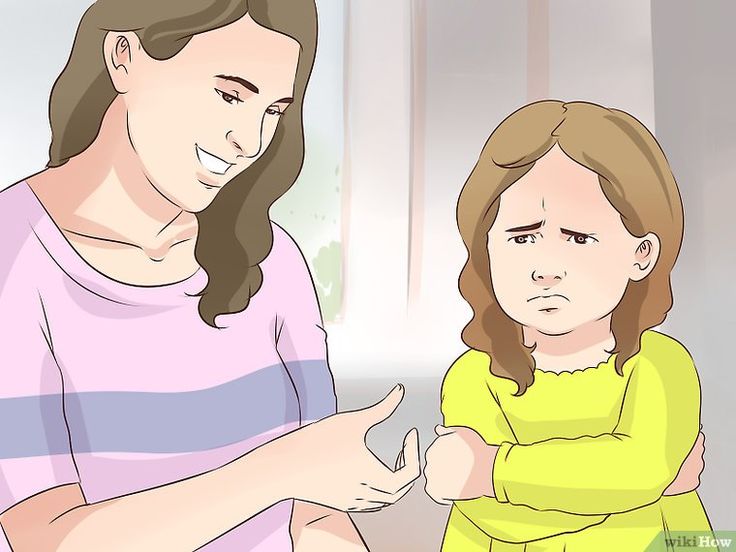 He has a part-time job where he shreds unwanted documents in a shredder. Since he can't go to work right now, I ordered a shredder for him online. I only benefit from this, because I have accumulated a bunch of old documentation for many years.
He has a part-time job where he shreds unwanted documents in a shredder. Since he can't go to work right now, I ordered a shredder for him online. I only benefit from this, because I have accumulated a bunch of old documentation for many years.
Conducting assessments and collecting data
To help you determine how you can keep your child busy, I recommend starting with data collection. With Lucas, we record data on a form that was designed by his behavioral analyst, Sharon Kepley, when he was nine years old.
Draw 9 columns on a piece of paper. Write the date in the leftmost column. In the next column, write down the task or activity you asked him to do. Then write down the start time, end time, and total duration of the session in the next three columns. In the next two columns, write down the number of prompts you gave during the task, as well as the speed at which you worked. We rate speed simply as fast, medium, or slow. Finally, write down the degree of his emotionality and involvement during the task. In other words, it's the answer to the question, "How happy does he look?" We also evaluate emotionality as high, medium or low.
In other words, it's the answer to the question, "How happy does he look?" We also evaluate emotionality as high, medium or low.
We use this form because Lucas can't tell us what he likes, like which games he likes to play. We want Lucas to do meaningful work for him. We want him to be happy. If he's not happy, then we have a problem. You can customize this data collection form depending on what data is important to your child or client.
The easiest way to collect data is to take a sheet of paper and write down games or activities, emotionality, whether it is an independent activity or a game that requires partners. If it's a mobile offer, write down if you'll need to buy it and how much it costs. Once you have collected the data, you no longer have to puzzle over what your child or client will like. You will have a list, and you will be able to offer classes from it to choose from.
Give your child a choice of activities
Another important point for Lucas and for all kids with autism is that we need to give them choices as often as possible.
For example, we can hold out two games and say, "Which one do you want to play first?" It is also an additional way to evaluate preferences. You can also make a flashcard book of different activities to help your child evaluate the options visually. We made "choice boards" with cards for Lucas.
Even if the child can speak but cannot carry on a detailed conversation, it is better not to discuss the choice verbally with him - visual support can be much more effective. Visual cues are very useful for children and adults who find it difficult to articulate their wants and needs.
Activity Sequence Picture Book
Small books can be made for the child, with each page depicting an action or activity. Books can be made in folders for storing documents, each sheet in the folder will mean some kind of separate lesson. The child flips through the book and does what is shown on the sheet.
For example, we made this book when Lucas was taking his medicine. We put the medicine in the applesauce, so there was a picture of the applesauce on the front page. Then he took out and ate cereal and bacon. On the next page was a photo of him placing bacon on a plate. Then he sets the temperature on the microwave. Then he eats, cleans up after himself, puts his plate in the sink, wipes down the kitchen table. This is his schedule.
Then he took out and ate cereal and bacon. On the next page was a photo of him placing bacon on a plate. Then he sets the temperature on the microwave. Then he eats, cleans up after himself, puts his plate in the sink, wipes down the kitchen table. This is his schedule.
Flexibility is important in scheduling
Although Lucas now knows this sequence, he still uses the book. What makes these little books handy is that you can always add new activities to them. For example, a dentist recently recommended that Lucas start flossing, and we added flossing to his book on things to do in the morning. I figured it would be better if he made the bed when he got out of the bathroom in the morning rather than after he got dressed. We just swapped pages. Lucas immediately began to follow the new sequence.
These visual timetables are great for bringing different tasks and activities together into one sequence. Personally, I don't like using visual timetables to teach everyday skills like handwashing. To do this, I use physical cues while standing behind, teaching the child to complete the sequence of actions on his own. Physical cues, gestural cues, and video simulations are all good for helping a child learn how to perform a specific task. And in the schedule-book, each page is the whole task, for example, “wash your hands”.
To do this, I use physical cues while standing behind, teaching the child to complete the sequence of actions on his own. Physical cues, gestural cues, and video simulations are all good for helping a child learn how to perform a specific task. And in the schedule-book, each page is the whole task, for example, “wash your hands”.
Time is very precious, especially for young children who have recently been diagnosed. We need to make sure that during the day the child is involved in some meaningful activity.
See also:
How to teach a child with autism to play independently
How to teach a child with autism to play on their own
Leisure skills for adolescents and adults with autism
We hope that the information on our website will be useful or interesting for you. You can support people with autism in Russia and contribute to the work of the Foundation by clicking on the "Help" button.
Parenting with Autism, Self Care Skills
What can a child with autism do? ~ Autism | ABA
Various fun activities can be used as a "bridge" between the autistic child, the people around him, and the physical environment. There are many activities that can improve a child's social skills while strengthening bonds between him and his immediate environment. All children are unique, so it will be useful for each professional and parents to have a variety of ideas for spending leisure time with an autistic child and keeping him focused on the tasks at hand.
There are many activities that can improve a child's social skills while strengthening bonds between him and his immediate environment. All children are unique, so it will be useful for each professional and parents to have a variety of ideas for spending leisure time with an autistic child and keeping him focused on the tasks at hand.
Interesting activities for children with autism
Work on the therapeutic process and academic goals should not become a routine for either the specialist or the child himself. With a little thought, you can organize exciting activities in the form of a game for a child of any age.
Classes for a child under the age of three
Most children with moderate or severe autism are diagnosed before the age of three. Even children with mild symptoms of autism can start therapy before they receive an official diagnosis. Professionals can use the following activities to work with young autistic children:
Bean boxes (sensor boxes): Fill a large plastic container with sensory balls or dry beans from the supermarket. Place small toys in it and invite the child to put his hands in the container and get out the items of interest to him. This will help the child deal with sensory issues related to texture and touch.
Place small toys in it and invite the child to put his hands in the container and get out the items of interest to him. This will help the child deal with sensory issues related to texture and touch.
Scented Bubbles: Blowing soap bubbles can be a fun sensory experience, and it helps develop motor language skills. In addition, pointing at blisters and exaggerating one's own reaction can help work on joint attention, which is an extremely important and very difficult task for many autistic children.
Finger Painting: Challenging but fun finger painting helps children with autism learn to distinguish colors and also gives them the opportunity to discover new tactile sensations through touch. It can also contribute to decreased sensory sensitivity.
Songs and Rhymes: Children often like to sing along poems or repeat parts of songs. You can compose songs that teach your child how to dress or feed themselves, or use songs they love to encourage them to complete a necessary but less preferred activity.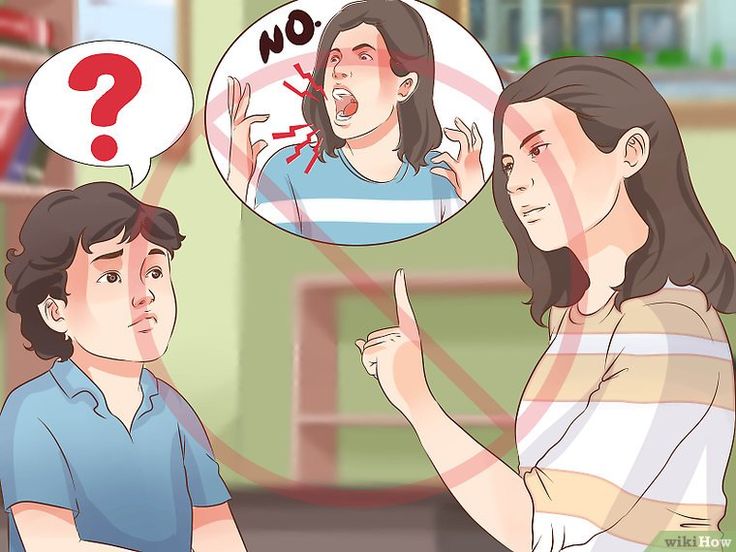 You can also add physical activities to the songs, such as jumping, clapping, etc.
You can also add physical activities to the songs, such as jumping, clapping, etc.
Activities for autistic preschoolers
During preschool years, many children with autism experience their first significant contact with their peers. In addition, they become more difficult to tolerate changes in the environment and in the usual order of things. This is a period of time when many children with autism spectrum disorders receive intensive, targeted therapy and interventions that include Floortime and Advanced Applied Behavior Analysis (ABA).
Preschool activities can help a child with autism learn how to express their emotions, manage sensory issues and interact with other children. Classes with a child at this age can be aimed at mastering the skills that the child will need when moving to primary school.
Classes for autistic children in the primary school age group
During elementary school, many children with autism begin to stand out more from their peers and may become victims of bullying or social isolation.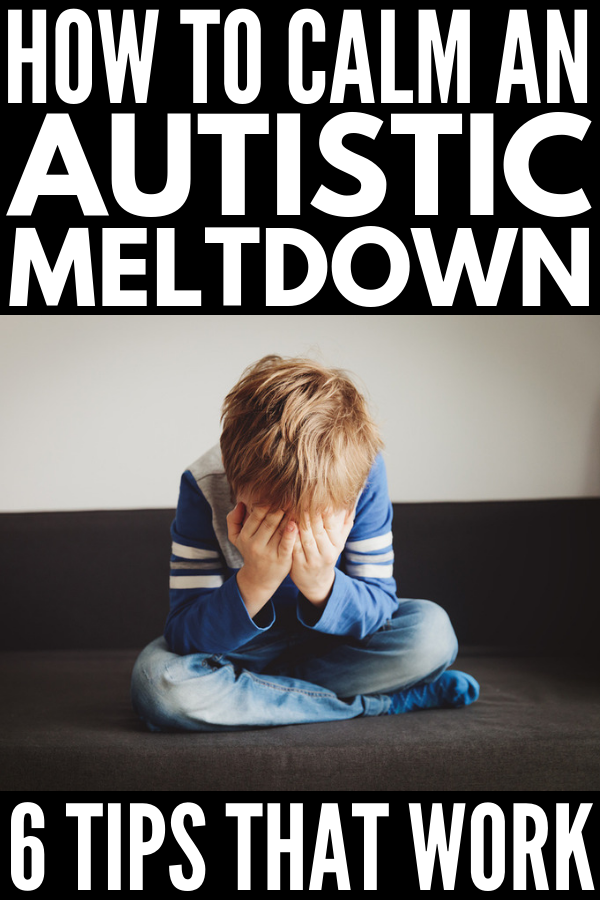 Social skills classes can help develop the skills children need to build relationships. In addition, autistic children often begin to lag behind their peers in terms of developing motor skills. Classes that focus on building gross motor skills can help them catch up with their peers in this area.
Social skills classes can help develop the skills children need to build relationships. In addition, autistic children often begin to lag behind their peers in terms of developing motor skills. Classes that focus on building gross motor skills can help them catch up with their peers in this area.
"I am a spy" : This activity helps the child focus on the description or follow the object with the eyes. Describe an object in as much detail as possible, and then ask the child to point to it in the room. In the event that you are working with a child who exhibits more severe processing difficulties, you can describe one of the two objects and ask the child to choose the one described among them.
Guessing Game : Ask the child to close their eyes and give them a simple object or toy such as a cube or a cup. Invite him to feel the object and describe it to you (if the child is verbal). If the child is non-verbal, ask him to show a picture of this object after he opens his eyes. This game helps children learn to use other senses besides sight, as well as gain additional knowledge about the world around them.
This game helps children learn to use other senses besides sight, as well as gain additional knowledge about the world around them.
Draw my face : Ask the child to draw a big circle on a piece of paper. You can show different emotions with facial expressions. Invite your child to draw the face you are depicting and help them label emotions such as joy, sadness, anger.
Dance Party : Turn on your favorite music and have an impromptu party. This is a great way to teach kids rhythm, counting and physical coordination. In addition, it also promotes sensory integration, as movement can provide the child with the necessary proprioceptive sensations.
Puppet Show: Make sock puppets or use the toy puppets your child has and choose a fun theme for the performance. While playing puppet theater, you can teach your child emotions and social skills through role play. This is a great activity to teach your child about upcoming events in his life, such as moving or starting school. Acting out real situations helps children understand what they should expect from certain events.
Acting out real situations helps children understand what they should expect from certain events.
Activities for autistic teens
During adolescence, children with autism spectrum disorders may experience difficulty with communication, social skills, executive functions, or planning aspects of daily life. The use of language and speech can help autistic teens improve their communication skills with peers and adults, and arranging things in a certain sequence will help the teen learn to plan his daily schedule at school and at home.
You can also use some fun social activities when working with autistic teenagers:
Blindfold Obstacle Course : Organize an obstacle course that requires the child to walk around, step over, or go under various objects. Teenagers work in pairs, and one of the two team members is blindfolded. Another child gives instructions to his blindfolded peer, thereby helping him through the entire cross. This is an excellent method of working on the theory of mind.
This is an excellent method of working on the theory of mind.
Movie Quiz : Adolescents with autism spectrum disorders often find it difficult to listen to other people's feelings and words, especially when there are a lot of distracting stimuli. Play a scene from a movie. Then ask the children a few questions to see how much of the interaction they saw on the screen they were able to “grab”. Ask about how the characters in the film felt, what facial expressions they had, and how they expressed themselves.
Improvisational scenes : Invite the children to work in a group and give them a reference object such as a steering wheel, a magnet board, or a pair of pants. Working together, the children will have to create an impromptu skit involving the item provided to them, changing the scenario as they perform. This is a great way to break out of a routine and encourage collaboration.
Find more games and activities
You can find additional educational and fun games and activities for children with autism in bookstores, toy stores and on the Internet. Here are some examples of great play sets that are popular in the US:
Here are some examples of great play sets that are popular in the US:
- About Faces: Helps children learn about facial expressions and the emotions associated with them, with a range of colorful cards that show basic emotions. The price of the game is about 12 dollars. USA.
- Emotto: A matching game that helps your child learn to recognize facial expressions on the game board by making expressions and matching them on tiles. The game is sold in the US for $25.
- Let's Talk, or Let's Talk: A great game for teaching social and conversational skills. Offers many different topics that will captivate the child and allow him to talk about his favorite or new subjects. Price: $27.
In addition, you can refer to a huge variety of logic and pattern matching games, such as building blocks, sorters, puzzles, pyramids, mosaics, etc.
Tips for choosing the right activity for an autistic child
Children with autism should be engaged in activities that are difficult for them, but take place in a fun and entertaining way, giving them pleasure. Building such an activity is a rather difficult task. We suggest you take into account the following nuances:
Building such an activity is a rather difficult task. We suggest you take into account the following nuances:
• Careful selection of group members. Choose children that will be especially helpful for an autistic child or teenager. Remember to constantly monitor all group members and be on the lookout for those who may try to ridicule or exclude a child with autism from the game.
• Before starting any activity, consider all possible difficulties that may arise. If you manage to avoid some problems, such as sensory overload, schedule changes, or social pressure, this will ensure that the autistic child enjoys and fully participates in the activity you choose.
• Look out for toys that have been specifically designed for children on the autism spectrum as they may help with some specific goals. These may be goals outlined in the child's Individualized Education Plan (IEP), goals formulated by parents or teachers, or areas that the child would like to work on.
• If possible, use the child's special interest to keep him focused on the game.





